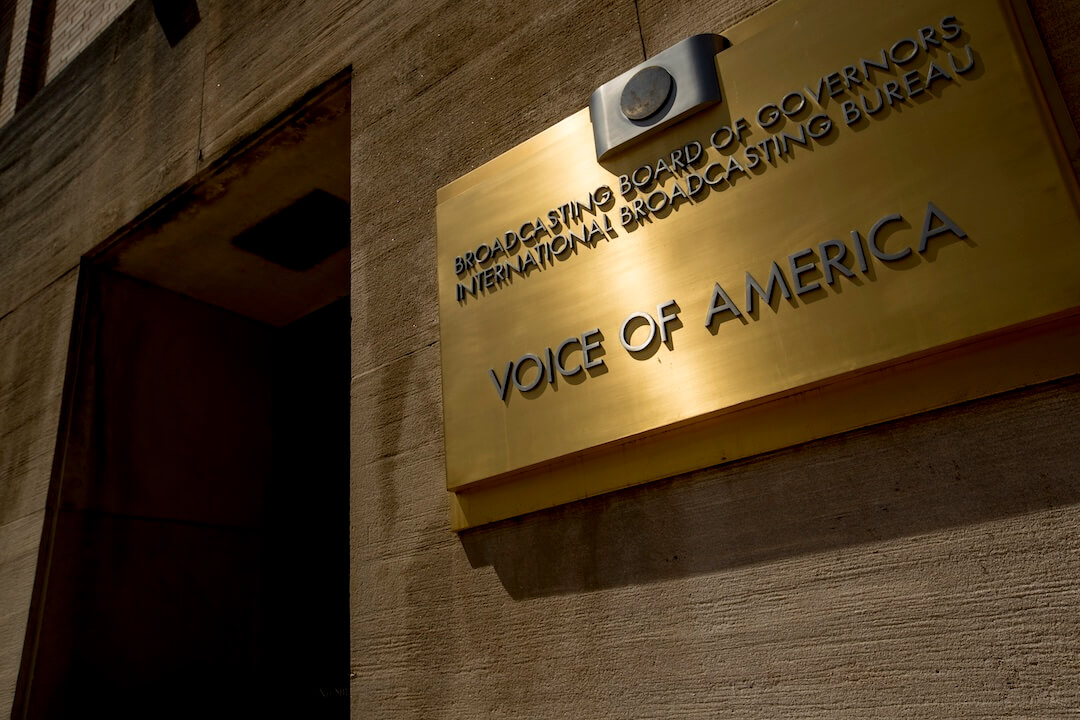Just because a political hoax goes viral on social media doesn’t mean it’s new.
In the lead up to the American midterm elections last week, reporters at several mainstream news outlets tracked what fake news stories, out-of-context videos and misleading memes people were sharing online. Jane Lytvynenko at BuzzFeed News saw that most hoaxes weren’t really getting much traction, which was consistent with what other reporters found.
“We’re not seeing any high-impact fakes yet, so nothing that is going insanely bonkers,” she told Poynter about four hours before the first polls closed on Election Day.
But some hoaxes did get substantial reach on platforms like Facebook and Twitter — and they weren’t necessarily new.
“This repeat hoax is a very specific one,” Lytvynenko said of a conspiracy theory, originated on Reddit, that George Soros’ company was rigging voting machines in favor of Democratic candidates. “We’ve definitely seen the Soros one repeated — that’s the classic. A lot of people claiming George Soros is behind whatever. Take your pick.”
Soros, the billionaire philanthropist behind the Open Society Foundations, has long been a target of misinformation online.
RELATED ARTICLE: There was less misinformation during the midterms than in 2016. But its form has changed.
The voting machines hoax was also circulated a month before the 2016 U.S. election, including on several right-wing websites. It's similar to one that spread during the 2012 election. (Disclosure: Open Society Foundations are among Poynter’s largest funders and have partially funded the International Fact-Checking Network.)
That exact same hoax appeared in a viral meme on Facebook in late October, racking up tens of thousands of likes and shares — despite being previously debunked by several of Facebook’s fact-checking partners. (Disclosure: Being a signatory of the International Fact-Checking Network’s code of principles is a necessary condition for joining the partnership.)
“Soros has become a default villain for a lot of people on the right and conspiracy theorists. Because he's Jewish and wealthy, he feeds into old but persistent conspiracies like the Rothschild bank conspiracy, for example,” Lytvynenko said. "Soros has been the subject of bad memes, conspiracies, hoaxes and fakes for many years and I think that makes him an easy boogeyman.”
Repeat hoaxes, or “zombie claims,” are those that don’t die out after repeatedly being debunked by journalists and fact-checkers. A couple of apolitical examples include a made-up cosmic event claiming that Mars will be as big as the Moon and a doctored photo of a shark swimming on a freeway. They often reappear during big news events, such as hurricanes and elections.
Facebook has made repeat hoaxes a target of its anti-misinformation efforts in recent months.
At the Global Fact-Checking Summit in June, product manager Tessa Lyons announced that the company would start leveraging natural language processing systems to automatically downrank fake news stories that have already been debunked by its fact-checking partners. Under the partnership, stories that are rated as false by fact-checkers like Snopes and Factcheck.org see their future reach decreased by up to 80 percent in News Feed.
Facebook told Poynter in an email that system also applies to images, which fact-checkers started downranking on the platform in September. But some repeat image fakes are still getting through the cracks.
During the midterms, another repeat viral fake that Lytvynenko identified was an out-of-context photo of a woman covered in blood. The image was posted on Twitter with a caption claiming it was a Trump supporter violently attacked by someone from the “new left,” racking up hundreds of likes and retweets. The hoax got tens of thousands of shares on Facebook, too.
The photo actually shows Australian actress Samara Weaving on the set of the series “Ash vs Evil Dead,” BuzzFeed News reported. And the same photo, which Snopes has debunked, was published on Facebook with another misleading caption ahead of the 2016 election.
RELATED ARTICLE: During the midterm elections, local fact-checking was scant
A third zombie claim that got traction during the midterms was an image that falsely claimed that U.S. Immigration and Customs Enforcement officers were patrolling polling stations on Election Day. The rumor made it into a flyer distributed in Milwaukee and on Facebook and Twitter before being removed by the former, per its electoral misinformation policy.
The image, which appears to show an ICE agent arresting someone, gained traction on social media in the lead up to the 2016 election, too, ProPublica reported.
“Straight-up picture reuse is the best-performing recurring hoax,” Lytvynenko said. “Hoax reuse is smaller.”
Beyond specific fakes, certain themes also made a reappearance during the midterms. Lytvynenko said there were a bunch of hoaxes about voter fraud that went viral on social media — a trend that echoes what happened during the Brazilian election last month.
“We’ve seen some stuff about Democrats voting on Wednesday, wrong voting days, viral rumors about buses full of illegal immigrants going to vote in Texas,” Kevin Roose, a New York Times tech columnist who also kept track of election misinformation, told Poynter hours before results started coming in. “These are time-tested hoaxes on Election Day.”
While Roose said Facebook was generally responsive about taking down hoaxes about voting logistics, most of the duplicate hoaxes both he and Lytvynenko saw continued to get traction on social media throughout the day. And that isn’t likely to change before the next election.
“These things are cyclical to a certain extent,” Roose said. “If you know to watch out you can see them coming, but every year there’s new variations.”
“It’s really important and exhausting.”







